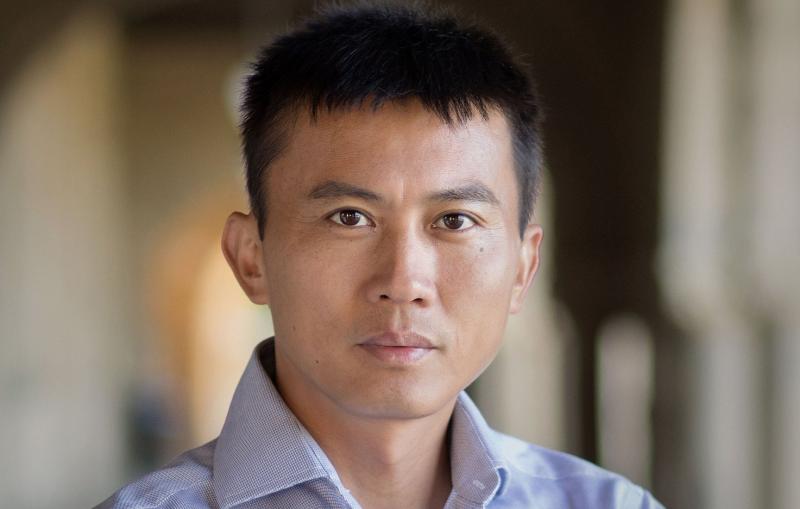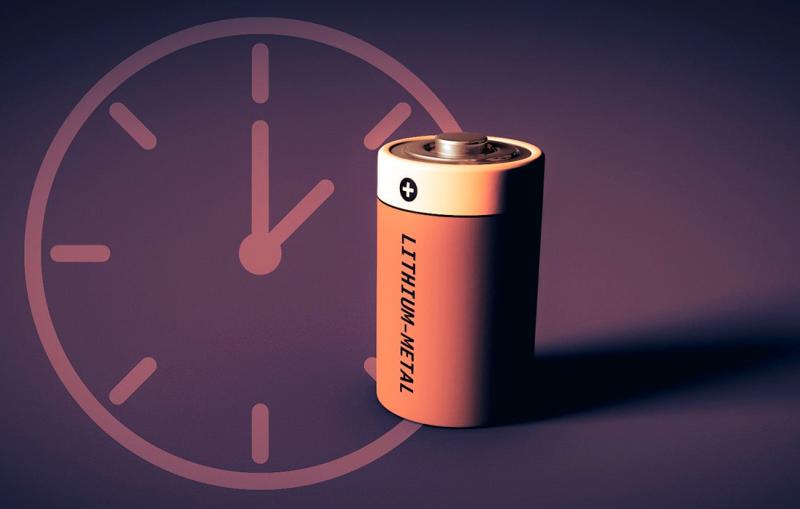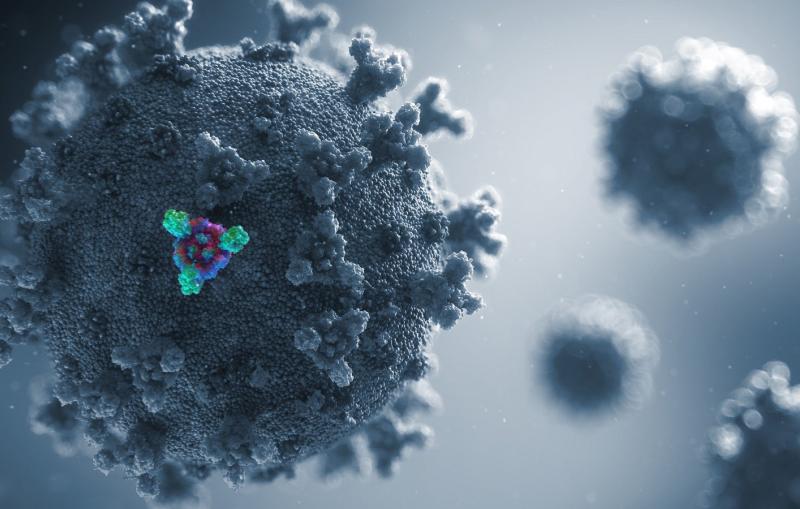News Feature
VIA Stanford Energy
SLAC to coordinate with Precourt on energy research incorporating environmental justice and social equity



Scientists and engineers use our unique facilities to do energy research that translates into practical solutions. The focus is on developing better energy materials, subsurface technologies, and tools for managing the electric grid of the future.
Related link:
Energy & sustainability news collection


